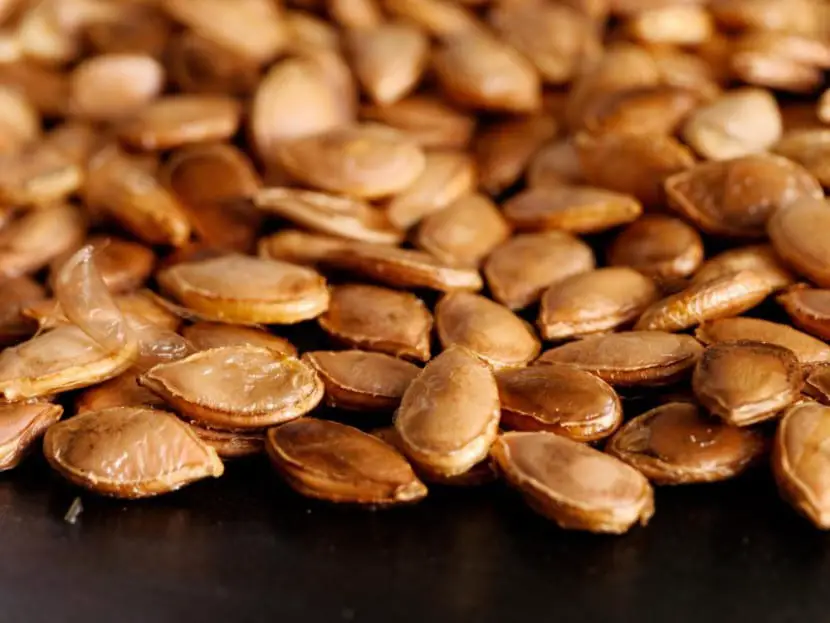
As the cold wave that has left almost the entire country covered in snow recedes, the mercury in the thermometers of each time is marking more pleasant temperatures. And, the landscapes are beginning to fill with flowers, and those of us who are allergic to pollen begin to sneeze while enjoying nature. Spring is just around the corner!
The time is approaching to make the planting calendar, and the first step is to acquire the seeds that we want to sow this year.
Seeing the beginning of the life of a plant is a highly recommended experience for everyone. It is a wonderful thing that, from something so small, a tree, a flower or a horticultural can emerge. I have been sowing seeds of all kinds for several years, but especially trees, and even so, each time it is as if it were the first since, just as no two pregnancies are alike, neither are there two identical seeds. These subtle differences are what will determine, to a large extent, the development of each specimen. But if there is one piece of advice that I want to give you, it is that, above all, have fun: If you want to experiment with a species that is a little on the edge, do it without fear. There are many surprises that I have taken over the years, and I know for sure that plants still have other joys.
With that said, my Shopping list of this year at the moment it goes like this:
Sassafras albidum

The Sassafras albidum It is a tree native to North America, specifically from the eastern area. It is a very interesting species thanks to the shape of its leaves, which have a certain similarity to those of the fig tree that grows in the Mediterranean region and whose scientific name is loaded with figs. It is deciduous, dressing in red in autumn, and has a significant height: about twenty meters. An interesting feature is its smellwhich they say is very nice.
Cotinus coggygria »Royal Purple»

Better known as the Wig Tree, the Cotinus coggygria »Royal Purple» It is a plant whose ornamental value resides mainly in its leaves, which are of an intense purple color. Its origin is in Asia, specifically China, and in much of Europe. It has an approximate height of about six to seven meters, and its leaves are evergreen. In order to give a different touch to the gardenis an excellent option.
kapok pentandra

The kapok pentandra it is a gigantic tree. You can reach a height of up to 60 meterswith a trunk up to two meters in diameter which is covered by “spikes”. It is native to the south of North America, almost bordering on Central America. It is a species that will be able to develop properly in very, very large gardens. But also there are those who have bonsai ceibas… And that will be my goal.
And you, what are you going to sow?
